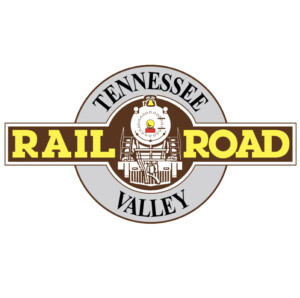 CHATTANOOGA, Tenn. — The Tennessee Valley Railroad Museum has been fined $12,000 for safety violations that led to the death of long-time staff member George Walker in January, the Chattanooga Times Free Press reports.
CHATTANOOGA, Tenn. — The Tennessee Valley Railroad Museum has been fined $12,000 for safety violations that led to the death of long-time staff member George Walker in January, the Chattanooga Times Free Press reports.
Walker, the museum’s general manager, had been with the museum for nearly 30 years. He died Jan. 4 in what the museum called a “tragic accident” at its shop.
Citations issued by the Tennessee Occupational Safety and Health Administration indicate the fatal injury occurred when Walker, who was attempting to fix leaks in the shop roof, fell through a skylight onto the shop floor below. The three violations all deal with a lack of fall protection.






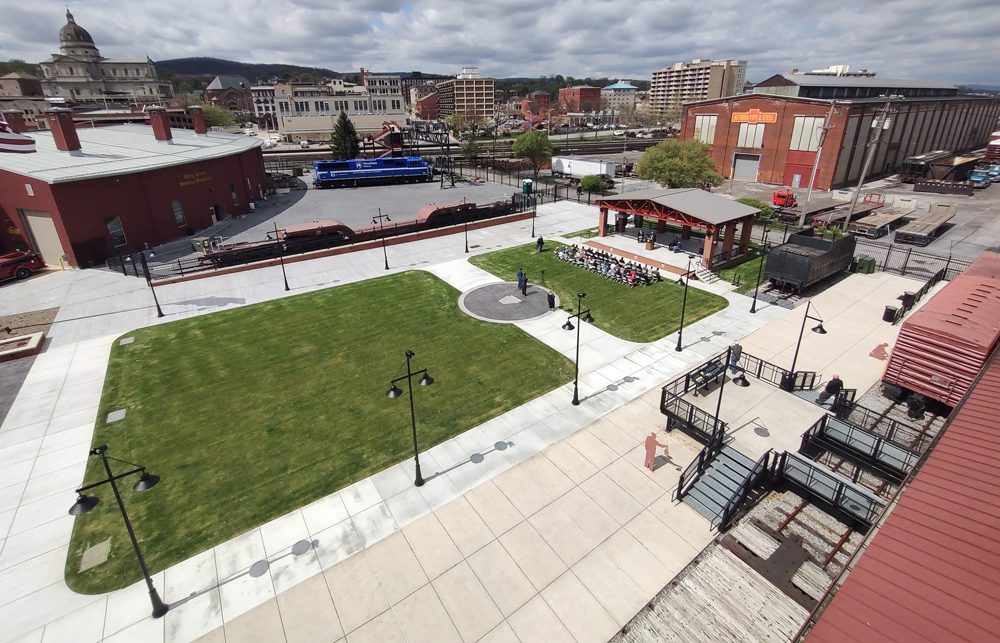
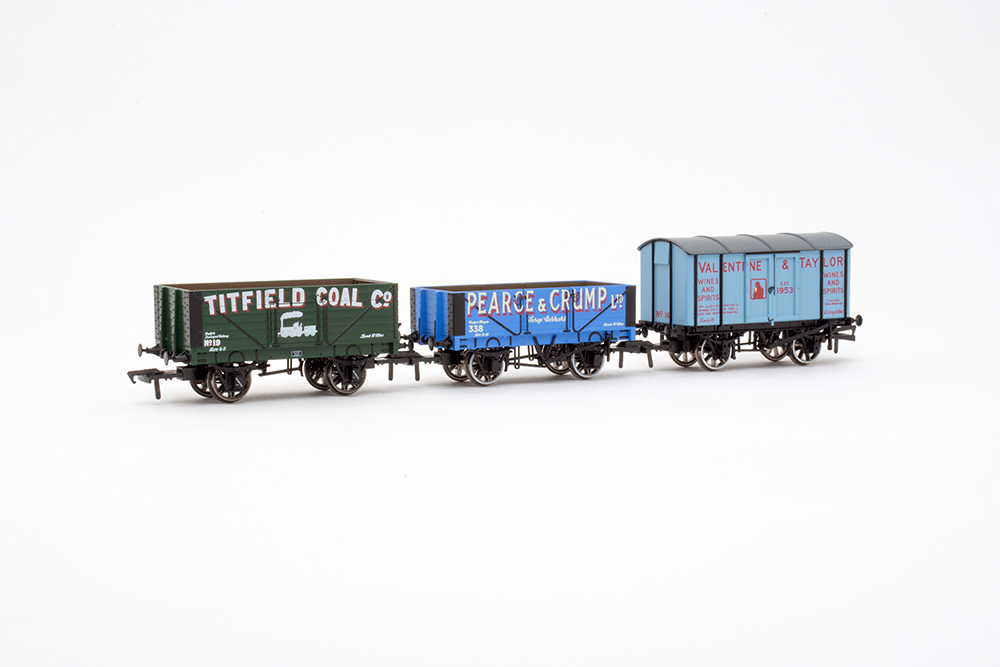
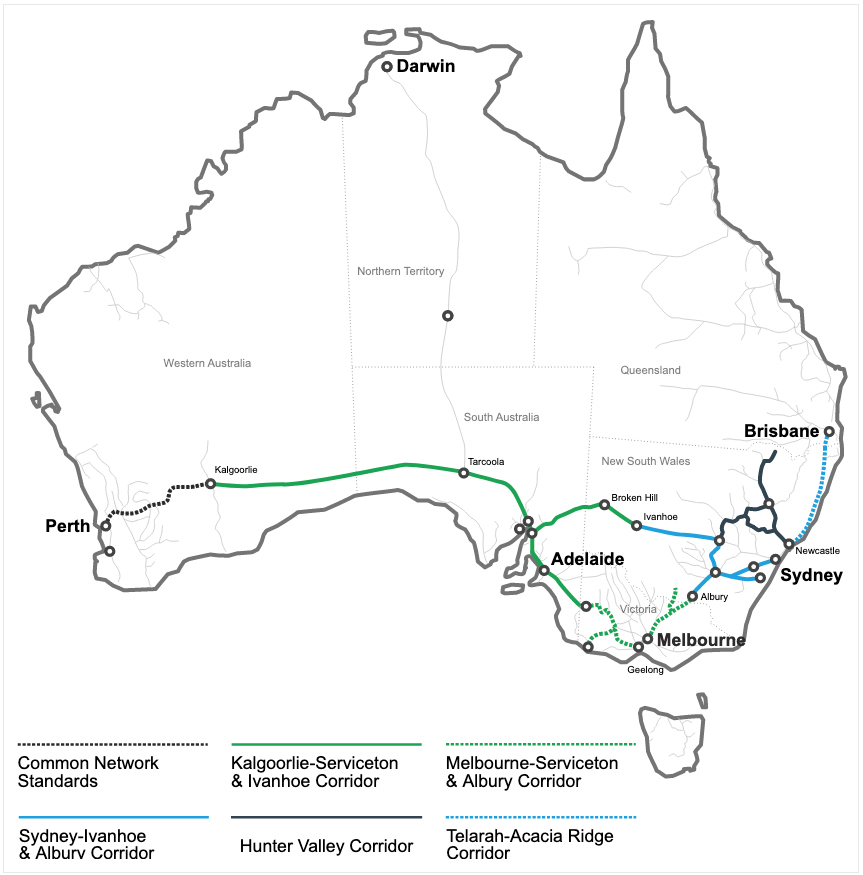
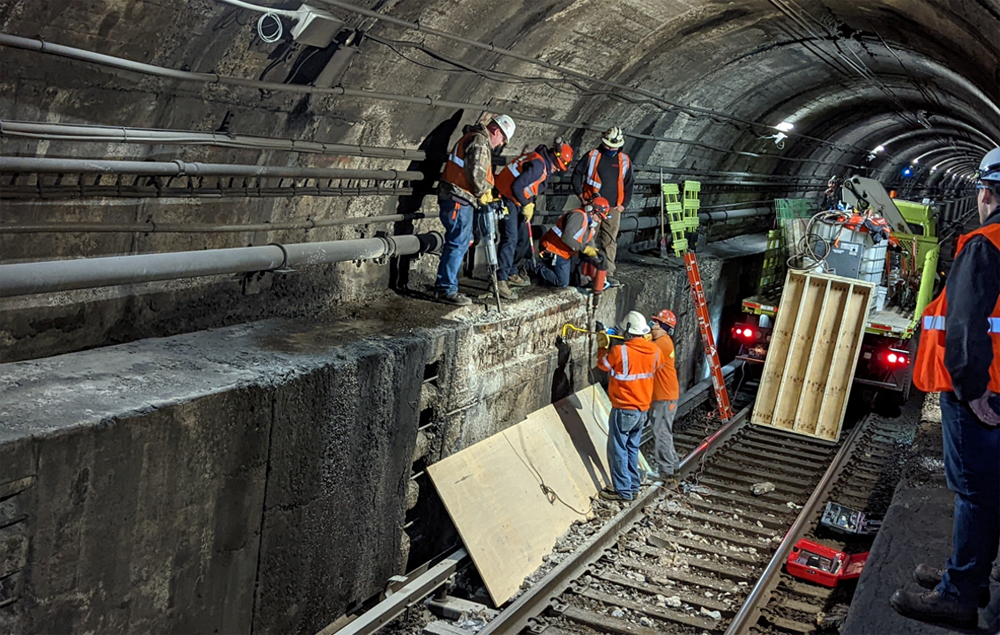




I was a construction inspector for a residential energy conservation program innPennsylvania. Yes it is the responsibility of the contractor or employer to see that it’s employees are trained and use safety equipment on job sites. However in many cases where I had the opportunity to see work in progress I witnessed many workers not using the safety equipment they were supposed to,use. Falls from roofs or ladders are one of the most serious accidents that can happen but constant reminders of the need to use available items needs to be done to be effective. In many cases the workers say it’s too much of a hassle or the safety equipment does not fit right. So as regulators, supervisors it is important that we enforce the use of such equipment and remind operators to regularly conduct safety training for their personnel and see that they have the proper fitted equipment.
So he was a PAID employee and not a volunteer?
Two things stand out, reference comments below: 1. What could be more sad than a mistake made by a dedicated person to perish while doing what he loved and cherished. Now if OSHA rules prevail, will the Museum (hard to get funds anyway) be liable for the fine.? 2. Very sad/crude (fatal/leader) to mention, but the fact is, the museum HAD safety gear available and was not used. I sure do hope the OSHA team determining the amount of fine…..PAID (one persons life) endmrw0609231601
Wouldn’t the training and insuring that proper safety equipment is used be the responsibility of the general manager, who happened to be the person killed?
So I guess my questio. Is what type of fall prevention equiment would you even use in a
shop like this let alone right below a skylight. Having more understanding on what exactly happend. It would agree it was a tragic accident. At the same time there are massive errors that lead to this outcome.
So I took a moment and read the citation, and it certainly is a sad situation and one that unfortunately is not an uncommon scenario. The investigation does mention that the TVRM did have several harnesses, and statements by one individual implies they were aware of what tie-off points are etc. Two individuals drove and rode up to roof level in an aerial lift without wearing harnesses to caulk leaks in the roof. The General Manager at one point climbed up on the roof without a harness to look for and repair additional leaks. While walking he stepped on a fiberglass skylight and fell 37′ to the floor below. The skylight was not guarded even though it represented a fall hazard. That said, looking at an aerial of the building, it appears to have a typical metal roof with fiberglass panels in lieu of metal panels to act as skylights. I imagine there are tens of thousands of similar buildings out there do not have guarded fiberglass skylights.
It is the responsibility of the individual to use the fall protection equipment and training that has provided by their employer or organization when it is required. The employer or organization still has responsibilities to provide the necessary equipment and training. I have not read the the citation mentioned in the article, but I suspect that if a citation was issued, there may have been shortcomings in equipment and training provided. Though I have seen much greater fines, so the issues may not have been that egregious.
I should clarify, my perspective is from FRA fall protection rules, which include personal fines for the employee. This is an OSHA governed incident because it was not on a railroad bridge, and their rules and fine structure do vary.
Isn’t art of fall protection the responsibility of the individual involved, especially when working on a roof?
Under OSHA the employer is responsible not the employee.